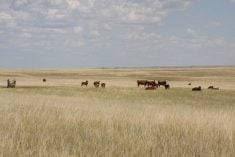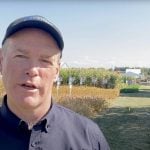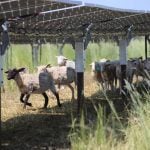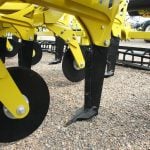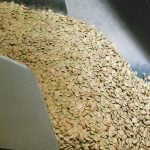Put dame’s rocket and baby’s breath on the same outlaw poster as purple
loosestrife and scentless chamomile.
Like terrorist infiltrators, noxious weeds such as yellow toadflax can
be hiding in packets of wildflower seeds.
Angela Salzl, project manager of the Saskatchewan Purple Loosestrife
and Invasive Species Project, recommends increased vigilance against
these pretty but problematic weeds.
Salzl said those attractive boxes of wildflower seeds at home and
garden centres can harbour all sorts of non-native species that in some
Read Also
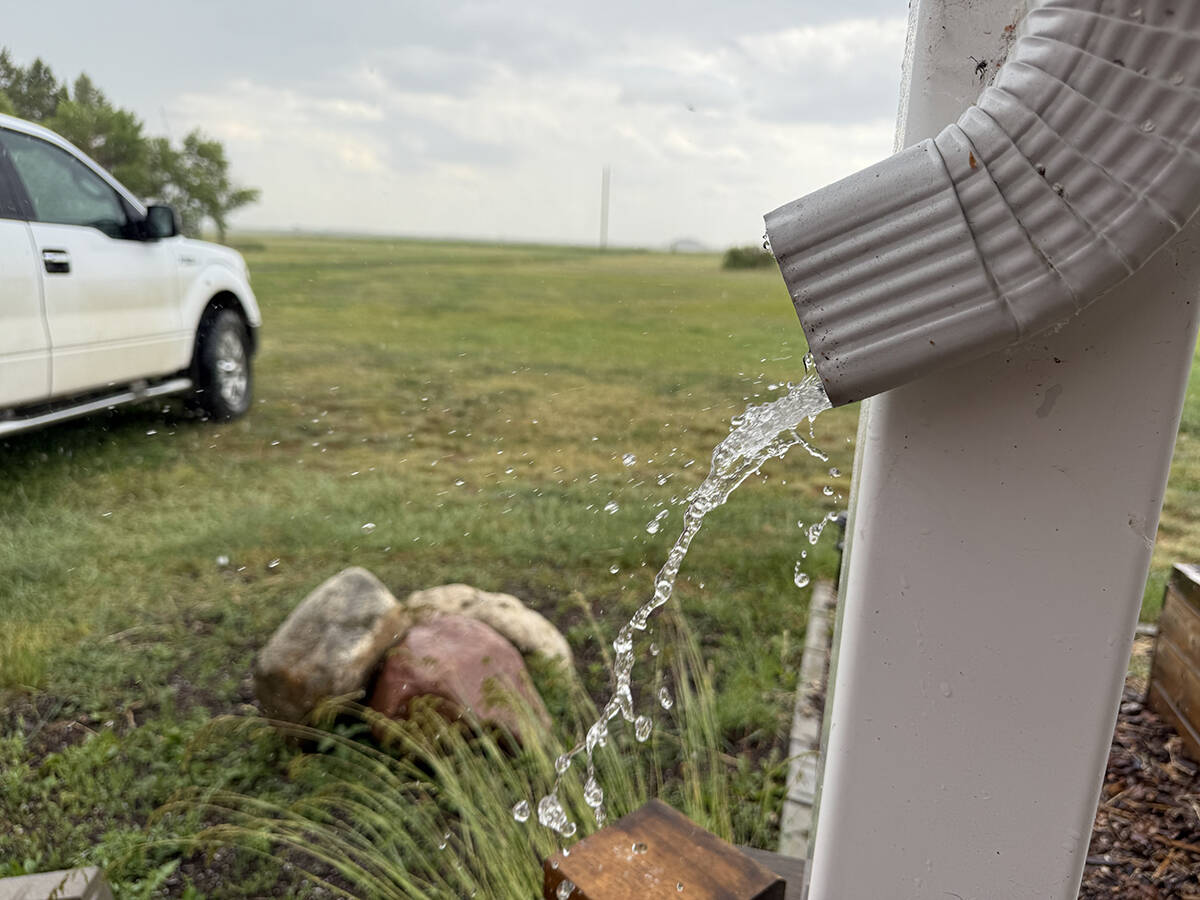
August rain welcome, but offered limited relief
Increased precipitation in August aids farmers prior to harvest in southern prairies of Canada.
cases are invasive.
“Sometimes they will have the species listed and, I believe, sometimes
they won’t,” she said.
The lists will often show species in the mix that are not native to the
province.
Salzl recommends that people interested in seeding wildflowers look at
native ones such as harebells, gaillardia and purple coneflowers.
“I just wouldn’t use those (commercial) mixes because of the
possibility of invasive species in there,” she said.
She noted a study at the University of Washington’s Center for Urban
Horticulture found three to 13 invasive species in each of 19 packets
of wildflower seed mixes marketed in the Pacific Northwest. Eight
packages had seeds for plants considered noxious weeds in at least one
state or Canadian province. A third of the packets did not list
contents, and only five correctly itemized the seeds they contained.
Some of the packets were distributed by Canadian companies.
Salzl said the seeds of Hesperis matronalis, known as dame’s rocket or
sweet rocket, are commonly found in such wildflower mixes.
“It is fairly aggressive, but it is not as big a problem as purple
loosestrife,” she said. It spreads by seed and by root.
“It used to be grown a lot years ago, but then it waned and wasn’t so
popular. But it has come back with these wildflower mixes.”
Often admired for its pinkish purple flowers, dame’s rocket should not
be planted because it can invade riparian areas and choke out native
species.
Yellow toadflax, a noxious weed that looks like a yellow snapdragon, is
also commonly found in wildflower mixes.
Salzl said it is another plant that started in ornamental gardens and
now, because it forms such dense stands, is choking out other plants,
mainly in rangeland.
Tansy is another problem plant often found in wildflower mixes. It has
a strong odour that cattle avoid. If it gets in rangeland, cattle will
eat plants around it, giving the tansy room to spread.
In the past, purple loosestrife, whose scientific name is lythrum spp.,
was usually found in wildflower mixes but isn’t any more because it has
become such a serious problem across Canada.
But some lythrum varieties are still sold at a few greenhouses, and
Salzl urges gardeners to neither buy nor transplant them.
In 1996, there were 20 documented purple loosestrife sites in
Saskatchewan. Today there are more than 90.
Other targets of the Invasive Species Project are the daisy-like
scentless chamomile, common buckthorn, which is a shrub that is
crowding out chokecherry and saskatoons, and flowering rush, a water
plant that is a problem in the Great Lakes region and which has
appeared in a few spots in Manitoba and Alberta.
Salzl said one problem of invasive non-native species is that wildlife
hasn’t adapted to them.
“For example, with purple loosestrife, there is a site at Swift Current
that is over six feet in height and so dense we couldn’t even walk
through it. You can imagine if you were a duck in there and you wanted
to nest or feed. It is virtually impossible for them to use the area.”
Invasive plants also cause economic losses, said Clark Brenzil, weed
control specialist with Saskatchewan Agriculture.
“Although the Noxious Weeds Act is primarily an agricultural act,
people should understand that 38 of the 40 weeds it lists are not
native to North America. Several were brought here as ornamentals and
have escaped into the wild.”
Without natural enemies, they flourish and can cause substantial
economic losses to farmers.
Brenzil said the internet has increased the threat of introducing
invasive species to Canada. He said consumers should avoid buying seeds
from the United States or overseas as this is the primary route for the
introduction of non-native species.
Information on native wildflowers is available from two groups:
- Native Plant Society of Saskatchewan, 306-668-3940.
- Alberta Native Plant Council, Box 52099, Garneau Postal Outlet
Edmonton, T6G 2T5.





